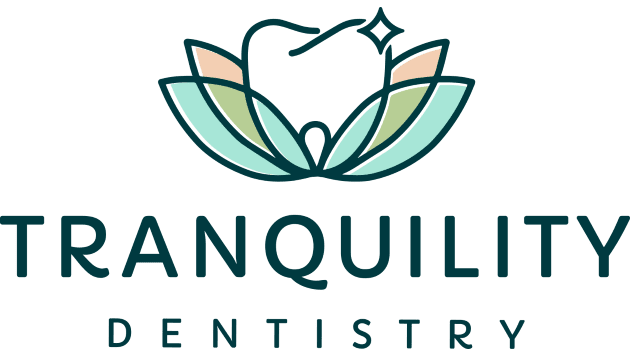
Unravelling the Mystery of Cavities
Causes, Symptoms, Prevention, and More
Cavities, also known as dental caries, are the most common oral health issue affecting people of all ages worldwide. In this blog, we’ll explore the causes and stages of cavities, common symptoms to watch out for, risk factors contributing to their development, and most importantly, effective strategies for prevention.
Understanding Cavities:
Cavities are essentially decayed areas in the teeth caused by bacterial activity. When plaque—a sticky film of bacteria—accumulates on teeth, it produces acids that erode the enamel, leading to the formation of cavities. If left untreated, cavities can progress deeper into the tooth, causing pain, infection, and even tooth loss.
Cavities progress through several stages:
- Initial Demineralisation: Enamel begins to demineralise due to acid exposure, creating a white spot lesion.
- Enamel Decay: If left unchecked, the decay progresses into the enamel, forming a cavity.
- Dentin Decay: Decay penetrates deeper into the tooth, reaching the dentin layer, leading to increased sensitivity and discomfort.
- Pulp Involvement: In advanced stages, decay reaches the tooth’s inner pulp, causing severe pain and potentially necessitating root canal therapy.
Symptoms of Cavities:
Unfortunately, it may be difficult to notice a cavity in its early stages, as symptoms may not occur until they have progressed quite deeply into the tooth. Regular check ups are essential to detecting cavities prior to them becoming large. However, recognising the signs of cavities when they have progressed can prompt timely intervention and prevent further damage. Common symptoms include:
- Tooth Sensitivity: Increased sensitivity to hot, cold, sweet, or sour foods and beverages.
- Toothache: Persistent or intermittent pain in the affected tooth, especially while chewing or biting down.
- Visible Holes or Pits: Cavities may manifest as visible holes, pits, or dark spots on the tooth surface.
- Bad Breath: Bacterial decay produces foul-smelling gases, contributing to halitosis.
Risk Factors for Cavities:
Several factors can heighten an individual’s susceptibility to cavities:
- Poor Oral Hygiene: Inadequate brushing, flossing, and routine dental visits facilitate plaque build-up and cavity formation.
- High Sugar Intake: Diets rich in sugary foods and beverages provide fuel for cavity-causing bacteria.
- Dry Mouth: Reduced saliva flow fails to wash away food particles and neutralise acids, promoting cavity development.
- Medical Conditions: Certain medical conditions such as acid reflux, eating disorders, and diabetes can increase cavity risk.
- Age: Children and older adults are particularly vulnerable to cavities due to factors like developing teeth (children) and age-related changes in oral health (older adults).
Prevention Strategies:
Fortunately, cavities are largely preventable with proper oral hygiene and lifestyle modifications:
- Brush Twice Daily: Use fluoride toothpaste and brush your teeth for at least two minutes each time.
- Floss Regularly: Clean between teeth daily to remove plaque and food debris.
- Limit Sugary Foods: Minimise consumption of sugary snacks and beverages, opting for healthier alternatives.
- Regular Dental Check-ups: Schedule biannual dental exams and cleanings to detect cavities early and prevent their progression.
- Fluoride Treatments: Consider fluoride varnish or mouthwash to strengthen enamel and reduce cavity risk.
- Dental Sealants: Sealants provide a protective barrier over vulnerable teeth, reducing the risk of decay.
Cavities are a prevalent yet preventable oral health concern. By understanding the causes, symptoms, risk factors, and prevention strategies outlined in this guide, you can take proactive steps to safeguard your dental health and enjoy a cavity-free smile for years to come.
